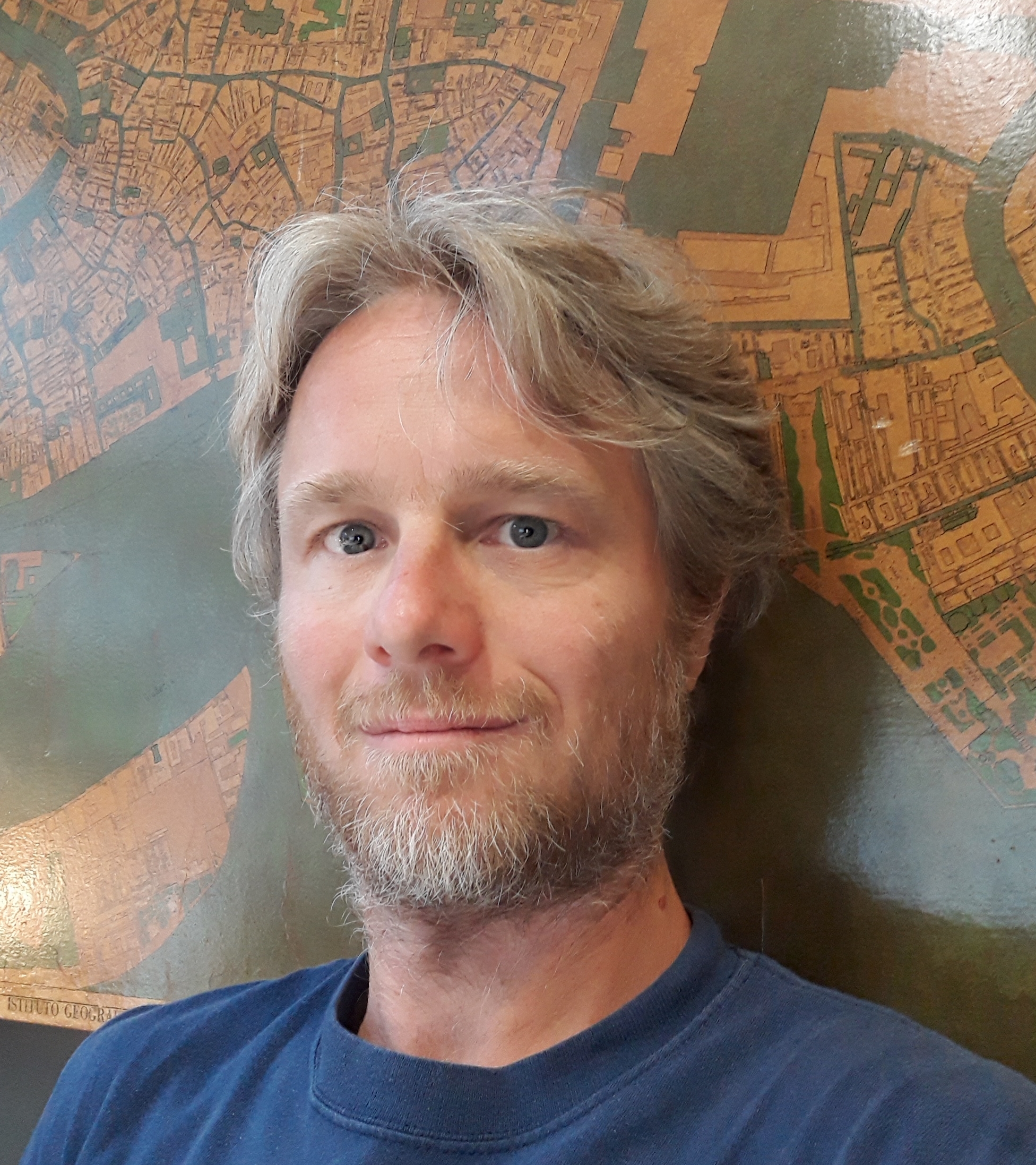
Short biography:
Research Scientist at the Institute of Marine Sciences (ISMAR) of the Italian National Research Council (CNR) in Venice, Italy.
Research interests
• Wind waves and their impact on ocean circulation and air-sea fluxes.
• Upper-ocean, lower-atmosphere dynamics, especially related to the formation of rogue waves.
• Extreme events in the ocean-atmosphere coupled system, like Mediterranean hurricanes.
• Wave observations also with innovative measurement systems. Sensors development and
assessment. Remote sensing of environment.
• Computer Vision image analysis: stereo reconstruction, image registration, large-scale PIV.
Abstract:
Stereo imaging measurements of water surface waves is gaining more and more popularity in the oceanographic community. Indeed, in the field, they provide unique data to investigate oceanic waves, allowing retrieving, with high-resolution, the 4-D ocean topography (3-D space + time) at high frequency (up to 15-20 Hz) over a sea surface region of area ∼104 m2. In this respect, stereo methods fill the existing wide gap between single-point (like buoys) direct sea surface measurements and large- scale ocean observations by remote satellites. In the lab, this technique opens new possibilities, not yet fully explored, to complement, with consistent spatio-temporal data, wave gauges and wave arrays. Recent advances of both computer vision algorithms and computers processing power nowadays allows stereo imaging the study of the spatio-temporal wave fields, for instance permitting a direct observation of the 3-D wavenumber-frequency spectrum with unprecedented accuracy, especially at small scales. Even if simple in theory, multiple details are difficult to be mastered for a practitioner so that the implementation of a stereo reconstruction pipeline is in general considered a complex task. For instance, camera calibration, reliable stereo feature matching and mean sea-plane estimation are all factors for which a well designed implementation can make the difference to obtain valuable results.
1
For this reason, we developed WASS (Wave Acquisition Stereo System, available at http://www.dais.unive.it/wass), a completely open-source stereo processing pipeline for sea waves 3-D reconstruction. Our tool completely automates all the steps required to estimate dense point clouds from stereo images. It implements a fast 3-D dense stereo reconstruction procedure based on the well consolidated OpenCV library and it includes set of post-processing techniques both on the disparity map and the produced 3-D point cloud to remove the vast majority of erroneous points that can naturally arise while analyzing the optically complex nature of the water surface.
Further, our work describes as stereo observations can shed light on many aspects of wave mechanics and can benefit phase-resolving and phase-averaging model assessment, the observable scales ranging from the long oceanic waves to the short-wave conditions in a wave flume. Typical investigations include the examination of directional properties of the wave spectrum, such as the evolution of bimodality at relatively high wavenumbers, its nonlinear properties, the short-crestedness and the characteristic spatio-temporal length scales of the wave field, the breaking statistics, the wave- wave and wave-current interaction processes, and the analysis of the probability of occurrence and the size (in time as well as in space) of extremes, including rogue, waves.
Arranged date for the seminar talk: Oct 16, 2019
Bjerknes seminar room 4020, Jahnebakken 5 at 11:00 PM
